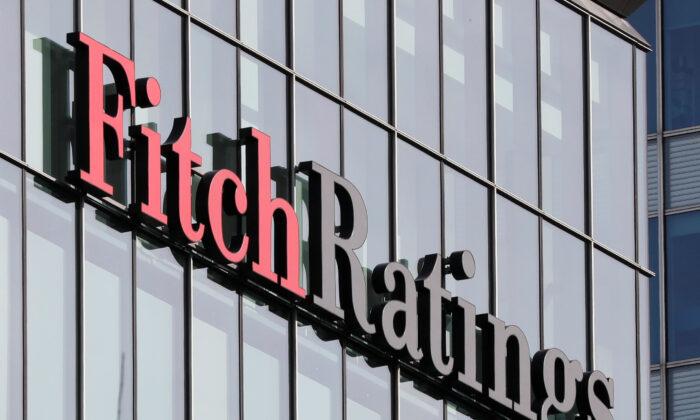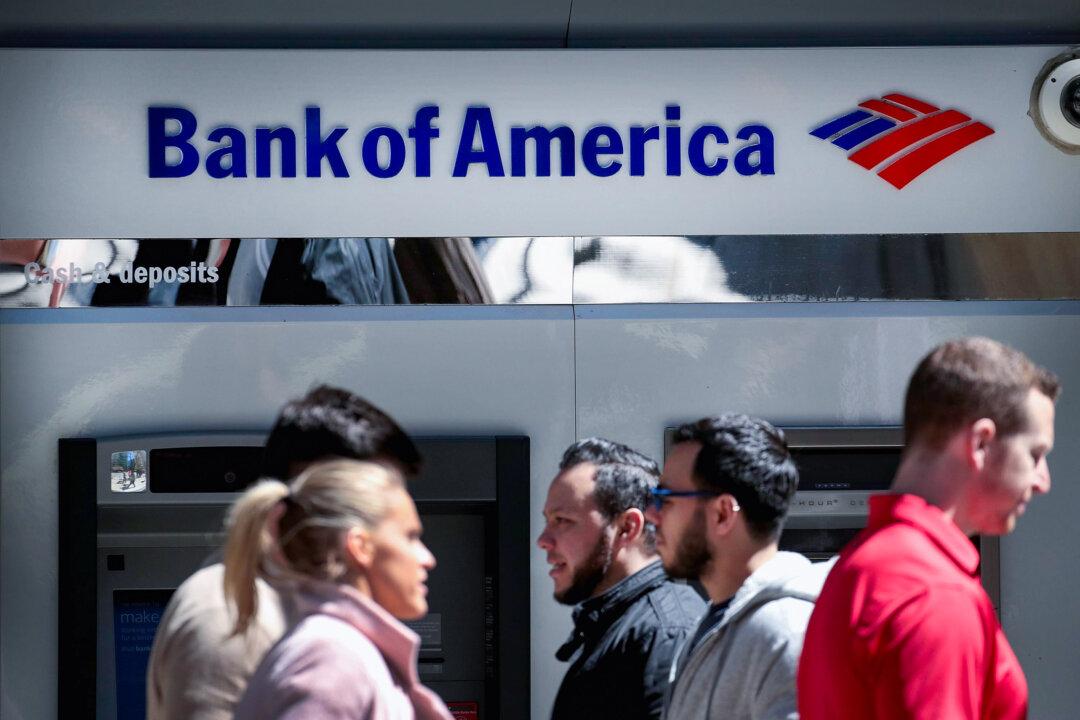Rating agency Fitch has downgraded the Long-Term Foreign Currency (LTFC) Issuer Default Ratings (IDRs) of 31 Russian banks from “B” to “CC” and Short-Term IDRs from “B” to “C.”
The Russian banks affected by the ratings downgrade include large financial institutions like Gazprombank, Sberbank, Alfa-Bank, and others.
Fitch also downgraded the Viability Rating (VR) of all Russian banks from “B” to “CCC-” to reflect the “sharp deterioration” in the operating environment of banks. The sanctions imposed by the United States and the European Union have increased economic and financial market risks, owing to which the agency sees “very high fundamental credit risk” to the asset quality, liquidity profiles, funding, and solvency of Russian banks.
In early March, the EU had cut off seven Russian banks from the SWIFT payment system, making it difficult for these institutions to make cross-border payments. However, it stopped short of banning all Russian banks from SWIFT, especially energy firms, as the EU feared such a move would drive up prices, benefiting Russian exports. Around 300 Russian financial institutions use the SWIFT service.
In addition to the EU, the United States and the UK have also slapped sanctions on several Russian banks, putting more pressure on Moscow’s financial infrastructure. Russia is due to pay $117 million in interest on two dollar-denominated bonds on March 16.
Due to prevailing sanctions, Russia might not be able to make the payment in the currency in which the bonds were issued. Instead, Moscow would need to pay rubles, which some might consider a default.
Other credit rating agencies have also downgraded Russia and its debt. Moody’s on March 6 had downgraded Russia’s credit rating to “Ca”, which is the second-lowest level of its rating system. S&P Global Ratings cut down its foreign and local currency sovereign credit ratings on Russia from “BB+/B” and “BBB-/A-3” to “CCC-/C” on March 3.
Capital controls introduced by Russian authorities, which are aimed at protecting the ruble from the impact of sanctions and other such measures, “substantially” increases the risk of default, according to the agency in its rating action update.
“We estimate that international sanctions have reduced Russia’s available foreign exchange reserves by as much as one-half, including foreign currency deposits and securities domiciled in the U.S., the EU, and Japan. This has substantially weakened Russia’s external liquidity during a period of rising foreign currency demand,” S&P said.






Friends Read Free